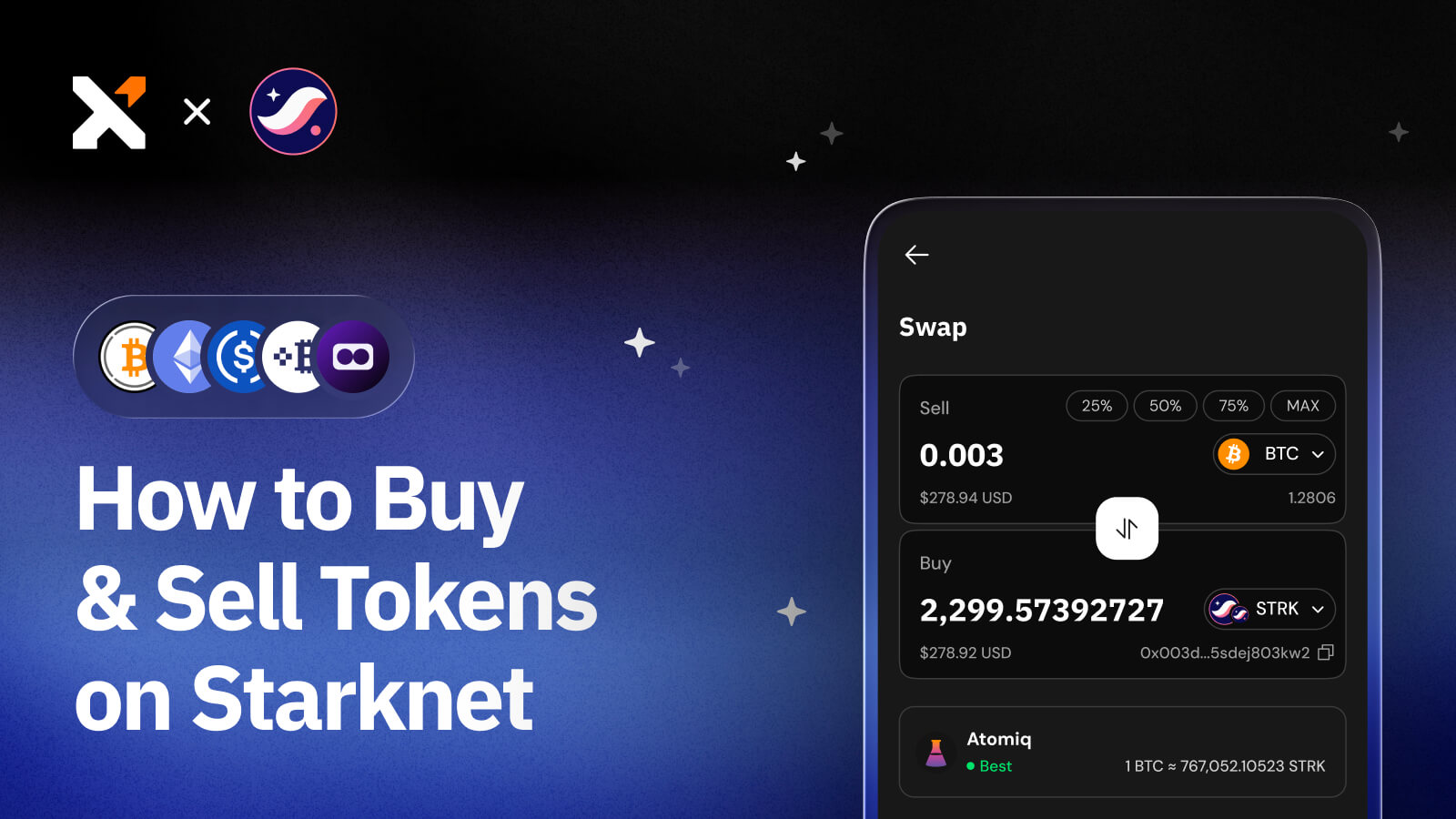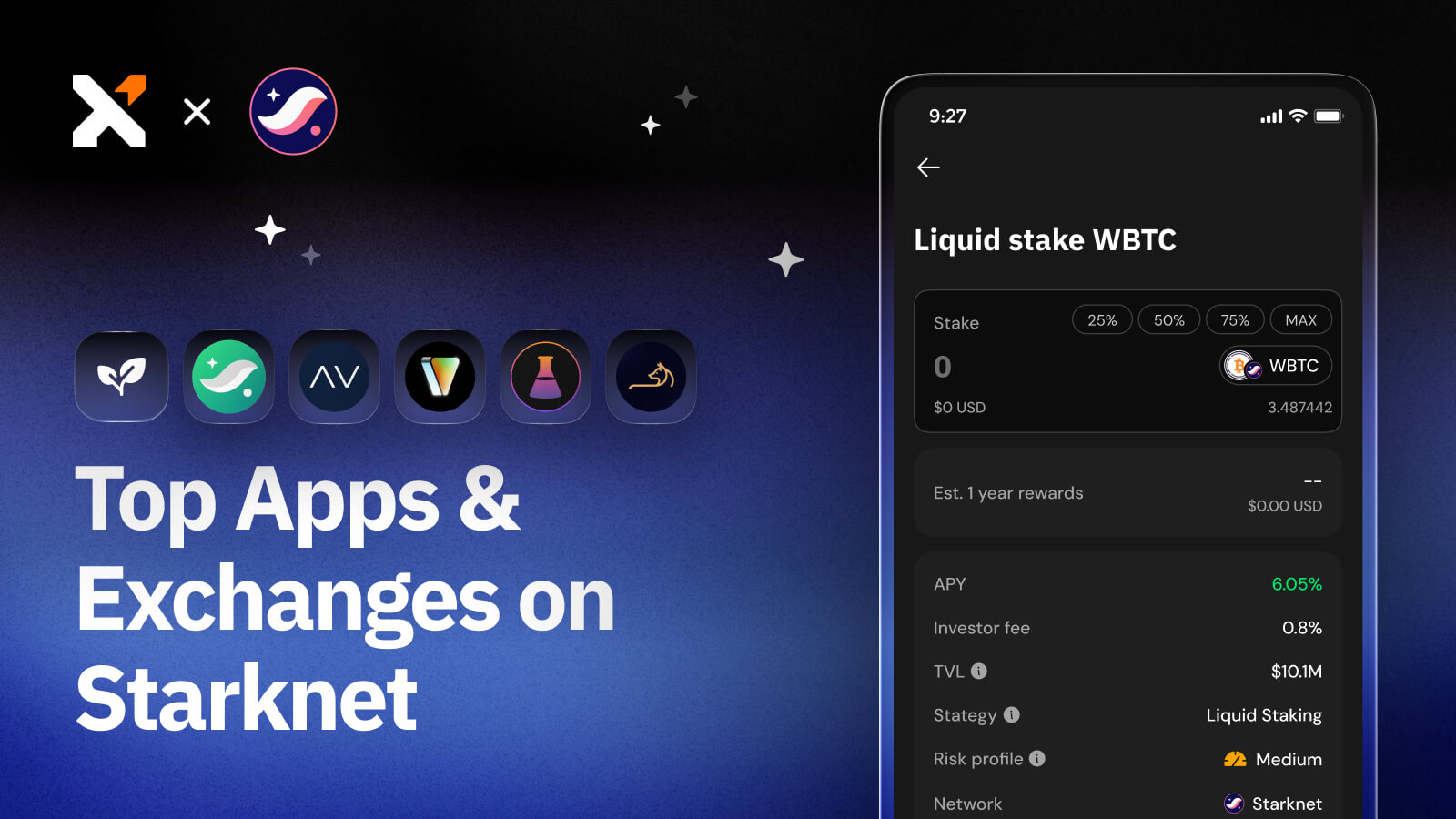What Is Merlin Chain? A Guide to the Native Bitcoin Layer 2
Discover Merlin Chain, a new Bitcoin Layer 2 that is approaching scaling differently.

Sign up for updates!
Stay tuned to our latest news and updates
.svg)
Merlin Chain is the newest entrant to the Bitcoin Layer 2 ecosystem, which has been buzzing with activity over the past year.
Read on to learn about Merlin Chain, how it works, and what it can bring to the Bitcoin ecosystem.
What Is Merlin Chain?
Merlin Chain is a Layer 2 protocol built on Bitcoin that has adopted a decentralized oracle network, on-chain BTC fraud-proof modules, and zero-knowledge (ZK) rollups to improve Bitcoin’s scalability and efficiency.
Furthermore, Merlin Chain is compatible with the Ethereum Virtual Machine (EVM) and supports Bitcoin native protocols like BRC-20, Stamps, BRC-420, Atomicals, Pipe, and Bitmap.
The team behind Merlin Chain aims to unlock Bitcoin’s potential through its users, protocols, and native assets. They claim that the Bitcoin ecosystem can only be empowered by Bitcoin-native innovations as opposed to trying to duplicate how Ethereum (ETH) works.
Merlin Chain was officially announced in January 2024. It launched its testnet bridge several days later, followed by a mainnet rollout marked by a fair launch event in February 2024. The event consisted of staking activities that hit a total value locked (TVL) of $543 million within 24 hours.
Who Is Building Merlin Chain?
Bitmap Tech, previously Recursiverse, is building Merlin Chain. The company developed BRC-420 and Bitmap.Game before Merlin Chain.
BRC-420 is an Ordinals-based experimental standard supporting more complex inscription formats for use in metaverses. In January 2024, Bitmap Tech stated that Bitmap.Game, a metaverse built on Bitcoin, had over 30,000 users and a market cap all-time high floor price of $290 million..
In February 2024, Merlin Chain announced a funding round from OKX Ventures, ArkStream Capital, ABCDE, Foresight Ventures, and 20 other investors. The amount raised remains undisclosed.
How Does Merlin Chain Work?

Now, let’s take a look at how Merlin Chain operates.
zkEVM
Merlin Chain scales Bitcoin through zkEVM, an EVM-compatible scaling solution that uses zero-knowledge (ZK) proofs to prove the validity of state changes resulting from “rolling up” and processing transactions. These proofs are created by sequencer nodes, the operators of Merlin Chain’s ZK-rollup.
Besides generating proofs, sequencer nodes are also responsible for bundling a large number of transactions into a smaller, compressed block of data. They then send the batched transaction data and the zero-knowledge proofs to the Bitcoin base layer through an oracle network. All Merlin Chain transactions settle on the base layer, making them immutable, secure, and decentralized.
Merlin Chain’s oracle network consists of nodes that act as a Data Availability Committee (DAC). Their job is to confirm the handling of the transaction data they receive from the sequencer nodes.
That means Merlin Chain requires oracle network nodes to always remain honest. To achieve this, oracle network nodes must stake BTC to participate in the Layer 2 network. Users can challenge the validity of ZK proofs and batched data. If the challenge is successful, the oracle network node that confirmed that round of transactions is penalized for submitting invalid transaction data. The penalty includes losing a fraction of their staked BTC.
ZK-rollups reduce transaction costs by compressing transaction data, which takes up less block space. Also, Merlin Chain speeds up transactions with an average block time of about 1.2 seconds, which is way faster than Bitcoin's ten-minute block time.
BTC Connect
Bringing Ethereum technology to a Bitcoin layer makes it impossible for Bitcoin users to interact with EVM-compatible dApps on Merlin Chain since Bitcoin-native wallets cannot interact with EVM dApps.
To solve this problem, Bitmap Tech has leveraged Particle Network’s technology, BTC Connect, to help Bitcoin native wallets connect to EVM-compatible dApps via a Software Developer Kit (SDK). Particle Network is a Web3 infrastructure service provider.
Thanks to BTC Connect, Bitcoin users can move back and forth between the main chain and Merlin Chain. They can also swap BTC for Ethereum assets without having to switch to an EVM-compatible wallet.
Bridging
Merlin Chain uses a bridge to facilitate L1 to L2 and L2 to L1 asset “transfers.” When bridging from Layer 1, BTC is locked, sending a message to a Layer 2 smart contract to mint MBTC, a bridging asset pegged to BTC on a ratio of 1:1. The new asset is then issued to the user, allowing them to interact with the dApps on Merlin Chain.
When a user bridges back to L1, the L2 smart contract burns MBTC and releases the locked BTC. Merlin Chain only supports bridging BTC to and from the base layer. However, it will soon add more assets.
What Is MERL Token?
Merlin (MERL) is a BRC-20 token that functions as the governance token for the Merlin Chain. The token has a total supply of 2.1 billion, with 1% (21 million) of this amount being distributed to Merlin’s Seal fair launch event participants in February.
BRC-20 tokens are Bitcoin-native fungible tokens created using the experimental Ordinals-based BRC-20 token standard.
What Are Merlin’s Seal And M-Tokens?

Merlin’s Seal was a five-day fair launch event held from February 5 to 10, 2024. It took place on Particle Network’s People’s Alliance Launchpad, a platform allowing projects to introduce their tokens and give participants early token access.
Per the announcement of the event, the MERL tokens allocated for the event were worth $100,000 at launch, but they were offered for a combined value of $1,000.
During Merlin’s Seal, participants earned MERL tokens by accumulating M-points and staking digital assets.
- M-points were points given to participants for completing tasks during the event. The accepted staking assets were BTC, ETH, tether (USDT), some BRC-20 and BRC-420 tokens, Bitmap, and USD coin (USDC).
- Staking entails locking up an asset for a specified amount of time in exchange for a reward. Bitmap Tech offered MERL tokens as staking rewards and issued M-Tokens as Liquid Staking Tokens (LSTs) to stakers.
M-Tokens give stakers liquidity access while their digital assets are locked. For instance, investors that staked ORDI received an equivalent amount of M-Tokens in the form of MORDI.
These LSTs permitted stakers to trade, provide liquidity on MerlinSwap (a DEX built on Merlin Chain), and engage in other earning opportunities on the Layer 2 protocol. Staked assets should be available for unstaking in April 2024.
What Does Merlin Chain Bring to the Bitcoin L2 Ecosystem?
Merlin Chain aims to bring the following elements to the Bitcoin L2 ecosystem:
EVM-Compatible dApps
Merlin Chain’s EVM compatibility means that developers can use Ethereum smart contracts to build dApps whose transactions are settled on Bitcoin.
Furthermore, projects can replicate existing Ethereum dApps on Bitcoin thanks to Merlin Chain. EVM compatibility refers to an L1 or L2 network that observes the same standards as Ethereum. For instance, since Ethereum smart contracts are written in Solidity, developers will use the same programming language to write and deploy smart contracts on Merlin Chain.
Ethereum Users
Ethereum users can interact with dApps on Merlin Chain without having to shift to a Bitcoin wallet. This is all because Merlin Chain is EVM-compatible.
The benefit here is that Merlin Chain could bring more users to the Bitcoin ecosystem and give them access to the Bitcoin native assets it supports. This increased user base would help boost Bitcoin’s adoption.
More Utility For Bitcoin Native Assets
Merlin Chain is exposing Bitcoin-native assets to a wider user base, a move that could inspire innovation on the utility side of things.
For example, Bitmap Tech plans to build a decentralized, multi-chain inscription application that will enable people to create inscriptions on other chains. This will open up these assets to more use case opportunities.
Additionally, Merlin Chain is already using a BRC-20 token as its governance token, illustrating that this type of digital asset can be more than a meme token, which is one of its current use cases.
Xverse: Your Gateway to Web3 Built on Bitcoin

Xverse is a Bitcoin Web3 wallet built to support Bitcoin-native assets, such Ordinals, BRC-20 tokens, Runes, and more. The non-custodial wallet also supports BTC, STX, and Stacks-based tokens.
Download Xverse today to participate in the growing Web3 ecosystem built on Bitcoin.
Share this article



.svg)



.webp)
